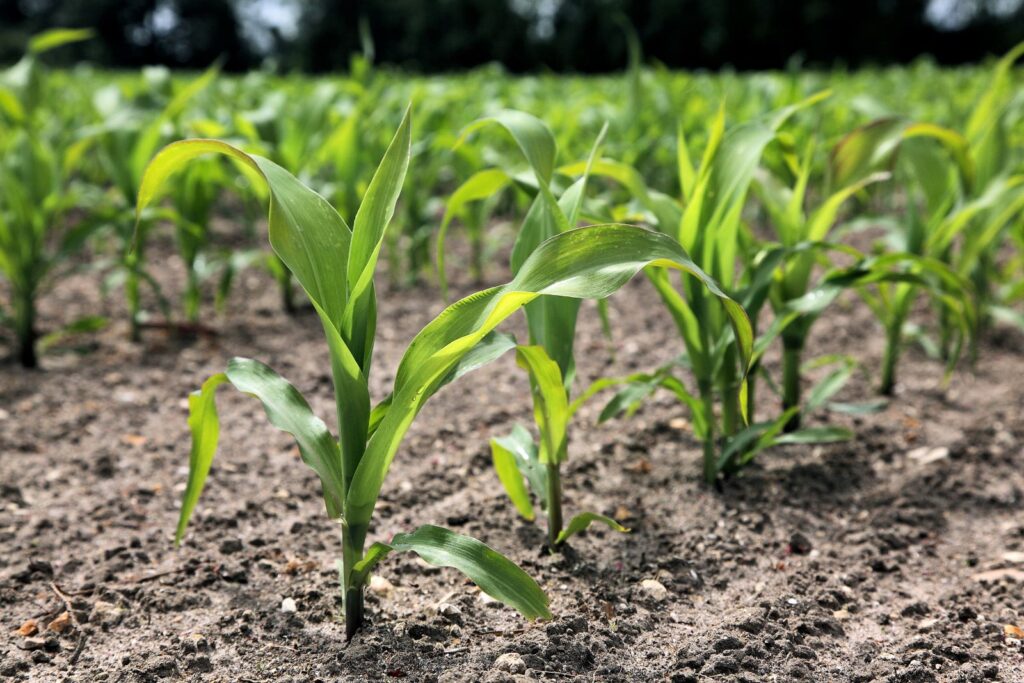Prevent weed spread in maize with split dose herbicide strategy
31st May 2023
With rising temperatures and a high water table providing optimal growing conditions for both cash crops and undesirable weeds, growers are advised to consider a split dose post-emergence herbicide approach to reduce competition for nutrients and protect final yield.
Reports from across the country have shown a mixed picture where maize drilling is concerned, with some growers still waiting for the soil to dry out while others already have seeds in the ground.
Many growers have also missed the window for pre-emergence spray applications, which are strongly recommended by agronomists to curb the spread of early germinating weeds.
Certis Belchim technical manager James Cheesman said this could result in over-reliance on the traditional post-emergence herbicide timing at the 4- to 6-leaf stage of the crop, which is a risky scenario – particularly when planting late in the season.
“What we don’t want is broad-leaved species getting away from us and extracting moisture and nutrients from the soil and away from the maize. We know it’s a crop very sensitive to competition early on,” he explained.
To stop weeds from stunting early crop growth, he recommends a split dose post-emergence herbicide strategy, including where no pre-emergence product was applied. Otherwise, growers will be relying on a one-hit approach at 4-6-leaf, which carries the risk of weeds making a dent in final yield.
A good option is to apply a 0.75-litres/ha dose of Diva (pyridate) at the 2-leaf stage as a holding spray, with the addition of mesotrione if the early broad-leaved weed burden is particularly high.
The main post-emergence spray then follows, comprising mesotrione with a nicosulfuron product like Fornet 6 OD, plus the addition of another dose of Diva, where appropriate, whilst staying within the total maximum total dose of 1.5-litres/ha.
This approach will ensure crops are protected until canopies are sufficiently large to block out sunlight from emerging weeds. “It also allows you to wait for grassweeds to germinate without other broad-leaved species getting too big, then take them out with the final pass using an appropriate tank-mix,” Mr Cheesman added.

